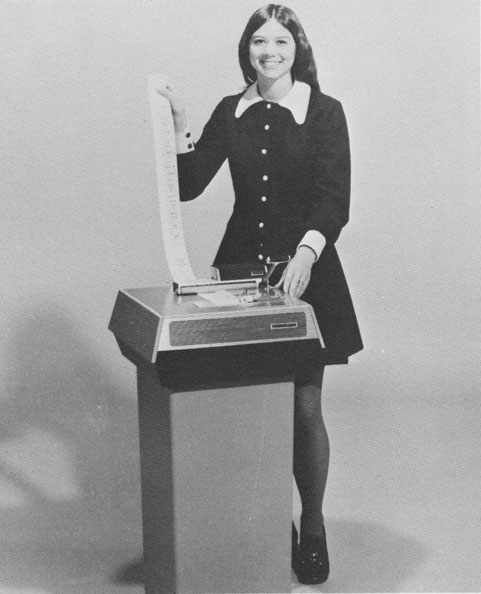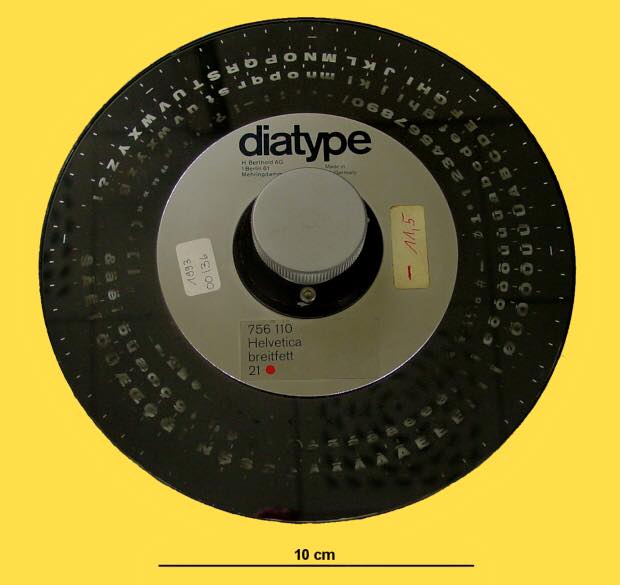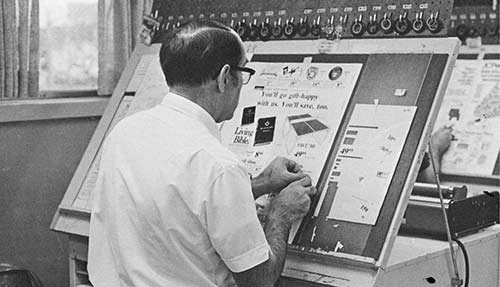Have you ever heard of a Diatype machine or used a rapidograph for your layout? Ever burnt your fingers with hot wax when doing paste-ups? If you’re a young(ish) designer, chances are pretty good you have no idea what I’m talking about.

Sheets of type were stuck to layouts using a waxing machine

A diatype machine was used to set headlines for phototypesetting
Graphic Means is a new documentary by designer and educator Briar Levit which revisits the old school days of design before desktop publishing became the norm. Levit became interested in the machines, tools and processed used by designers of yesteryear so she began collecting old production manuals from the ’70s and ’80s. “We love to talk about the great mid-century designers, but no one really talks about the people who were putting all this stuff together for the designer,” says Levit. “When I look at these books that show the design process step-by-step, I wonder if I’d have the patience as a designer.”

production manuals
Levit’s film also explores the human interaction of manual production and how the work environment has drastically changed. The typesetter job became obsolete while some designers who could not keep up with the transition from analog to digital were forced out of the profession altogether. The designer/printer relationship also changed. “Nowadays, we can send a file off and never talk to our printer. You send an email to a rep and they send it to pre-press, and you never speak to anyone who actually works on the file,” Levit says. “But before you had to get quite detailed in the markups and sort of become friends with those people because you dealt with them a lot.”
To help fund the film, Levit started a Kickstarter campaign, which has currently raised over $26,000, a fifth of her total expected budget. Production is already underway and Levit will begin talking to more designers who worked in the pre-computer era. She plans to talk to Paul Brainerd, co-founder of Aldus, which developed Pagemaker, one of the first digital page layout applications.
The goal of the film is to highlight a classic way of making stuff. Whether designers today know it or not, they still reference these older processes with terms such as slug, burning and masking. “You can be a good designer and not even know about this stuff,” says Levit, “but it’s going to enrich your understanding of the discipline and instill a sense of pride when you discover what folks did before you.”
For more info on the film, visit: http://www.graphicmeans.com/

graphic_means

graphic_means






